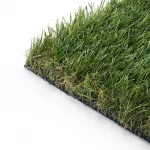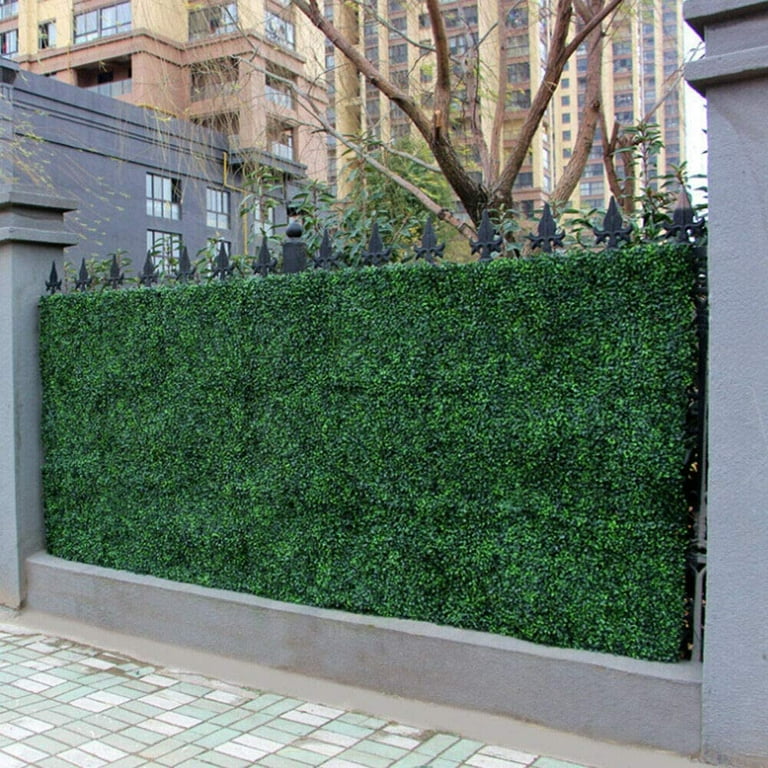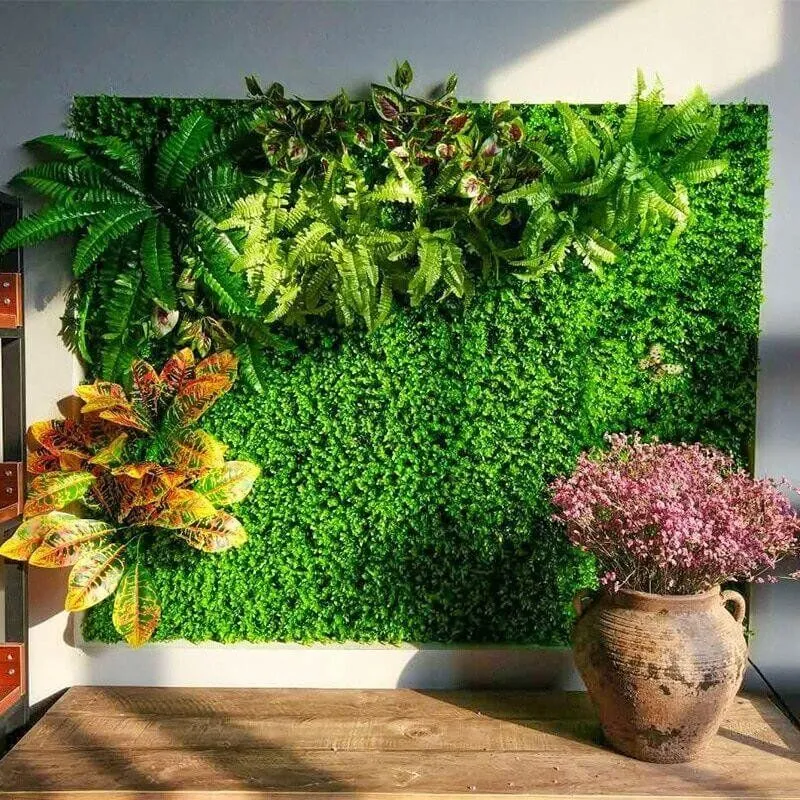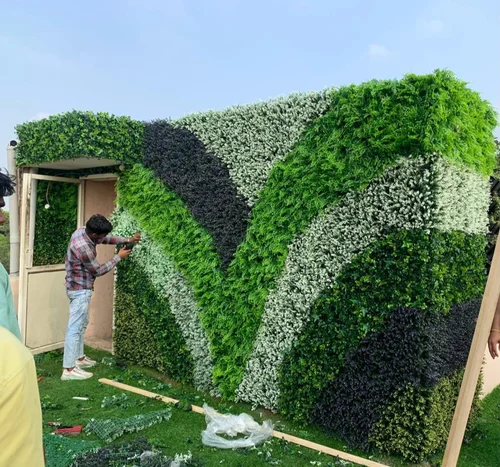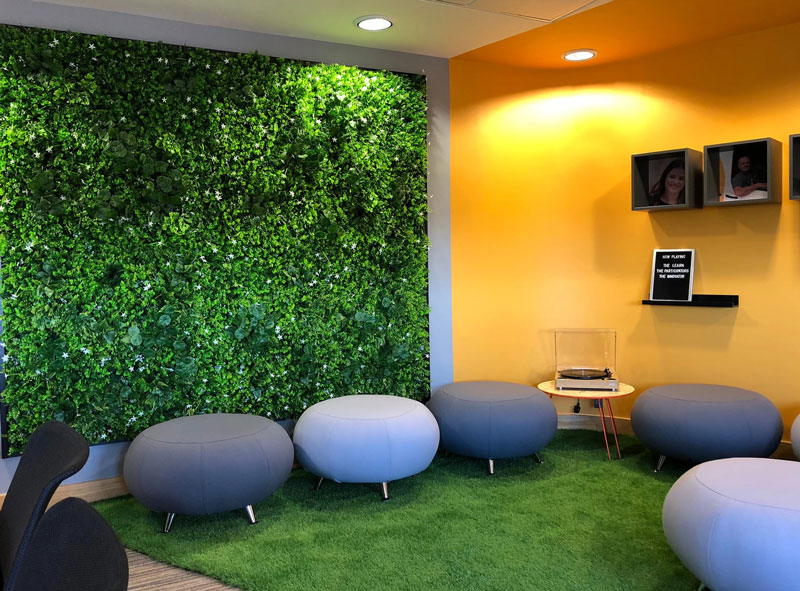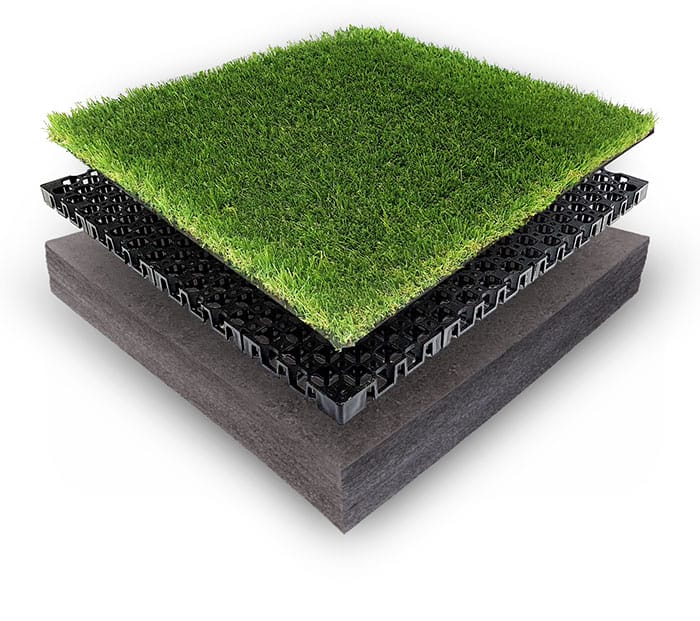
In the realm of modern landscaping, artificial grass has emerged as a game-changer, offering homeowners and commercial property owners a stunning, low-maintenance alternative to natural grass. However, one critical aspect that is often overlooked is the importance of an efficient drainage system. Without proper drainage, even the highest quality artificial turf can succumb to issues such as water pooling, odors, and potential damage to the underlying base.
Enter the artificial grass drainage system – a revolutionary solution that not only ensures the longevity and performance of your artificial lawn but also contributes to its overall sustainability. These specialized drainage systems are designed to effectively manage water flow, preventing stagnation and promoting optimal drainage.
At the heart of an effective artificial grass drainage system lies a multi-layered approach. The foundation typically consists of a permeable base layer, such as crushed stone or gravel, which allows water to percolate through and drain away from the surface. This base layer is then overlaid with a specialized drainage membrane or grid system, engineered to facilitate the efficient flow and dispersion of water.
One common type of drainage system is the use of perforated pipes or drainage channels installed beneath the turf. These pipes or channels collect excess water and redirect it away from the area, preventing pooling. They can be connected to a storm drain or directed to a designated drainage area.
Another popular option is the incorporation of sloped bases or raised edges, which allow water to naturally flow towards drainage channels or collection points. This approach mimics the natural drainage patterns found in traditional landscaping, ensuring that water does not accumulate on the artificial turf surface.
For larger installations or areas with high water flow, advanced drainage solutions like retention basins or dry wells may be employed. These systems temporarily store excess water before gradually releasing it into the surrounding soil or municipal drainage systems, preventing overwhelming the area with excessive runoff.
In addition to the drainage system itself, the choice of infill materials used in artificial grass installations can also contribute to effective drainage. Certain types of infill, such as zeolite or porous rubber crumb, can enhance water permeability and improve drainage capabilities.
One of the key benefits of an artificial grass drainage system is its ability to mitigate the risk of water pooling and subsequent odor issues. Stagnant water can not only create an unsightly and unpleasant environment but also promote the growth of harmful bacteria and mold, posing potential health risks. By ensuring proper drainage, these systems help maintain a fresh, clean, and hygienic outdoor space.
Additionally, artificial grass drainage systems play a crucial role in extending the lifespan of your artificial turf installation. Without proper drainage, excess moisture can accumulate beneath the turf, leading to potential damage to the backing material and compromising the overall structural integrity of the installation. By effectively channeling water away, these systems protect your investment and ensure that your artificial lawn maintains its lush, vibrant appearance for years to come.
Moreover, artificial grass drainage systems contribute to the overall sustainability of your outdoor space. By promoting efficient water management and reducing the need for excessive watering, these systems help conserve valuable water resources – a crucial consideration in areas prone to droughts or water scarcity.
When selecting an artificial grass drainage system, it’s essential to work with reputable manufacturers and experienced installers. They can assess your specific site conditions, such as slope, soil type, and anticipated water flow, to design a customized drainage solution that meets your unique needs.
By embracing the power of artificial grass drainage systems, homeowners and commercial property owners can enjoy the beauty and convenience of artificial turf while ensuring a sustainable, long-lasting, and environmentally responsible outdoor space. Unlock the full potential of your artificial lawn and experience the ultimate in low-maintenance luxury with a state-of-the-art drainage system.


